Ever try to cast anything using plaster?
Heh – I don’t have a specific project in mind. I just got back from Paris, and I’ll say that they’ve got a different definition of “detail”. Egg and dart doesn’t compare. . .
I was reminded of some plaster crown mould that we have in the back of the shop, most of which was eventually covered in gold leaf. Ornate! That was before my time, though.
So out of curiosity: how tricky is it to cast stuff using plaster? Ever try it?
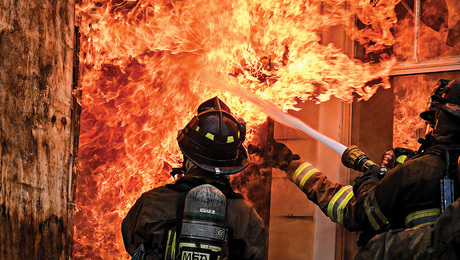

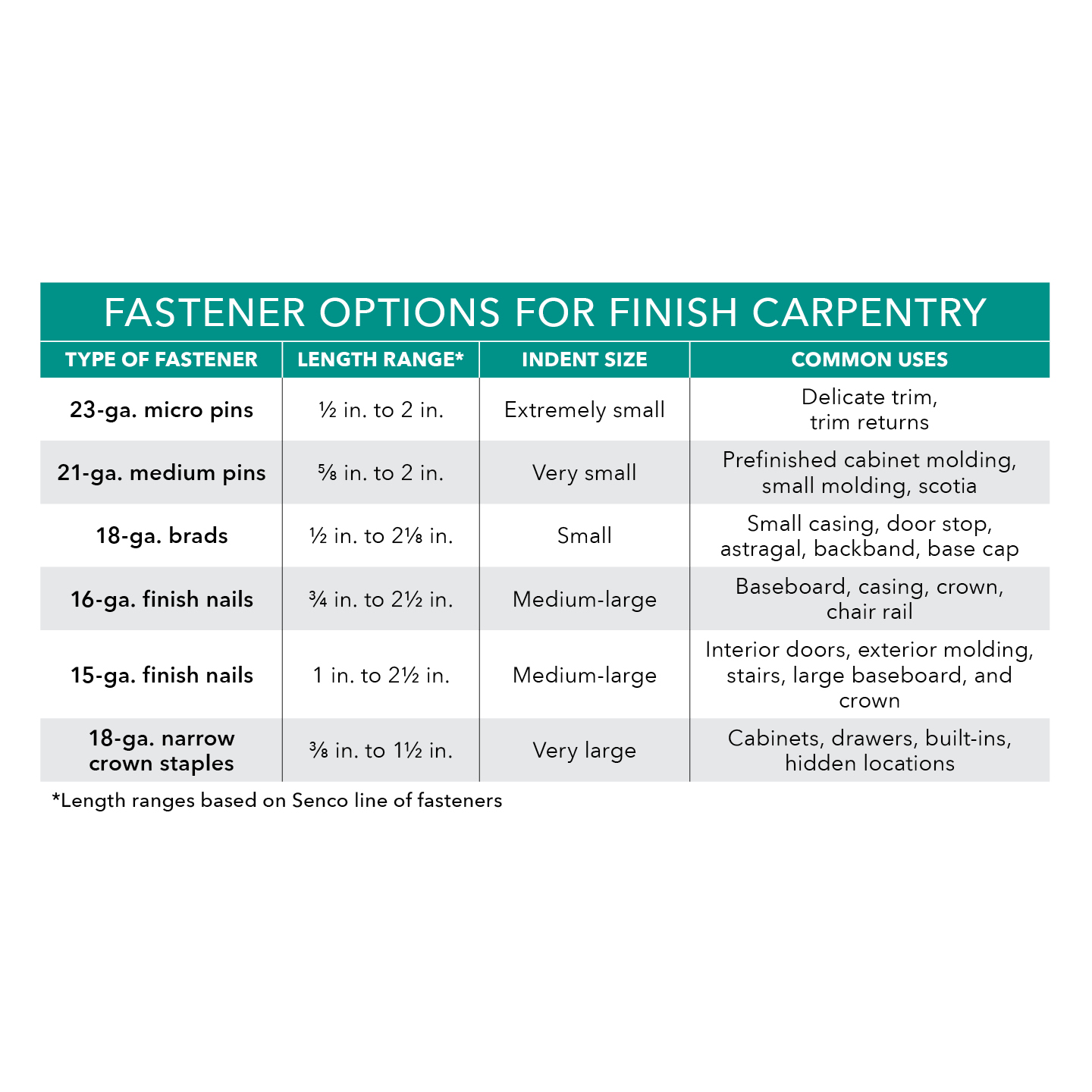
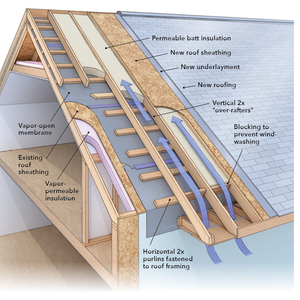
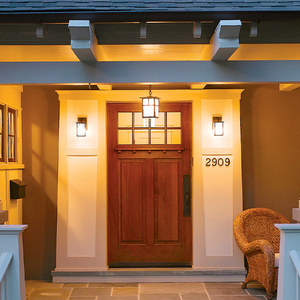
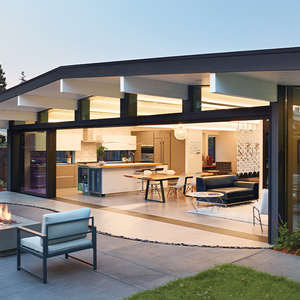













Replies
We had to duplicate some plaster brackets on our San Francisco Edwardian. Made rubber mold of a good one, then cast them with a two-part plastic compound mixed with a powdered filler. Worked great, but it was kind of a PITA.
Bill
I've made sheetmetal "screeds" for plaster cats to use to replicate plaster mouldings. About as close as I've gotten to it.
http://grantlogan.net/
I was born in a crossfire hurricane..........shooby dooby do
i've "pulled" some plaster where you cast crown in place... plywood first then lath then just keep put'n on layers and drag'n a sheet metal template over it til all voids are filled... i only did about 12ft of 12" crown... no corners... and it was messy but i could see how you could get good at it quick... i've read the articals about casting then apply'n most use burlap like the fiber in fiberglass... alot of work but great detail... i can see take'n months to cast up enough for a project.. if you only had one 4ft mold and needed any quanity... think it needs a day in the mold...
p
I've done small castings (chess pieces) using rubber molds. Works pretty well, but it's hard to keep bubbles from forming on the molds. Any bubble will produce a small pit in your casting. I've heard that you can prevent this by using soapy water on the molds, but I didn't have a lot of success.
DW's doing some plaster casting; I'm wondering if I can "de-gas" the plaster with my little "Mity-Vac" hand vacuum pump.
Forrest
I'll bet you can. It's done all the time when mixing plaster investments for lost-wax casting.George Patterson
It's easier and less messy than run-in-place and you can have all kinds of details.
If you already have the mould, you'll need a long flat surface to rest the mould on, as another poster mentioned surfactant to minimize bubbles and/or a vibrator, make sure you use casting plaster which is specially formulated for the purpose. Burlap for reinforcement.
Much easy just to buy them.
I used to do it for a living. Here's the company I worked for.
http://www.evergreene.com/
Lots of state houses, churches, theaters etc.
There was an article in fine woodworking on it. In the article they did a round moulding in the center of the room above where a light fixture was going. He just kept going around with a tramel. My mom has one of them in her living room. Very nice ceiling. It's vaulted with a rectangular moulding, then a kind of large wave texture i've never seen before, and then the three foot round moulding. Somebody did a great job. It's all plaster.
As I recall that guy combined 'running mold' with the 'cast mold'. He ran the trammel and horse in place and then later stuck up the fancier cast pieces.
When plaster work was king, this was typical of the way they did it.
Just amazing how craftsmen were kings of the day. There was so much creative work being done in the field.